|
|
|
|
|
|
|
|
Photo Gallery for Plestiodon inexpectatus - Southeastern Five-lined Skink
| 11 photos are shown. |
 | Recorded by: Travis McLain
Dare Co.
Comment: |  | Recorded by: j.wyche
Gates Co.
Comment: |
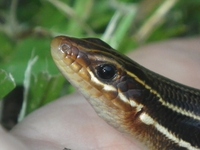 | Recorded by: j.wyche
Gates Co.
Comment: | 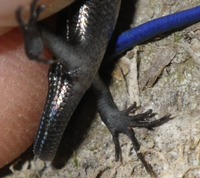 | Recorded by: j.wyche
Gates Co.
Comment: |
 | Recorded by: j.wyche
Gates Co.
Comment: |  | Recorded by: j.wyche
Gates Co.
Comment: |
 | Recorded by: j.wyche
Gates Co.
Comment: | 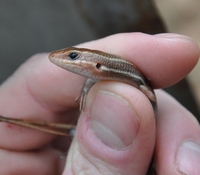 | Recorded by: K. Bischof
Beaufort Co.
Comment: |
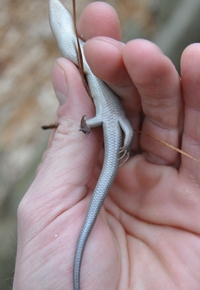 | Recorded by: K. Bischof
Beaufort Co.
Comment: |  | Recorded by: K. Bischof
Beaufort Co.
Comment: |
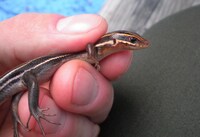 | Recorded by: K. Bischof
Beaufort Co.
Comment: |
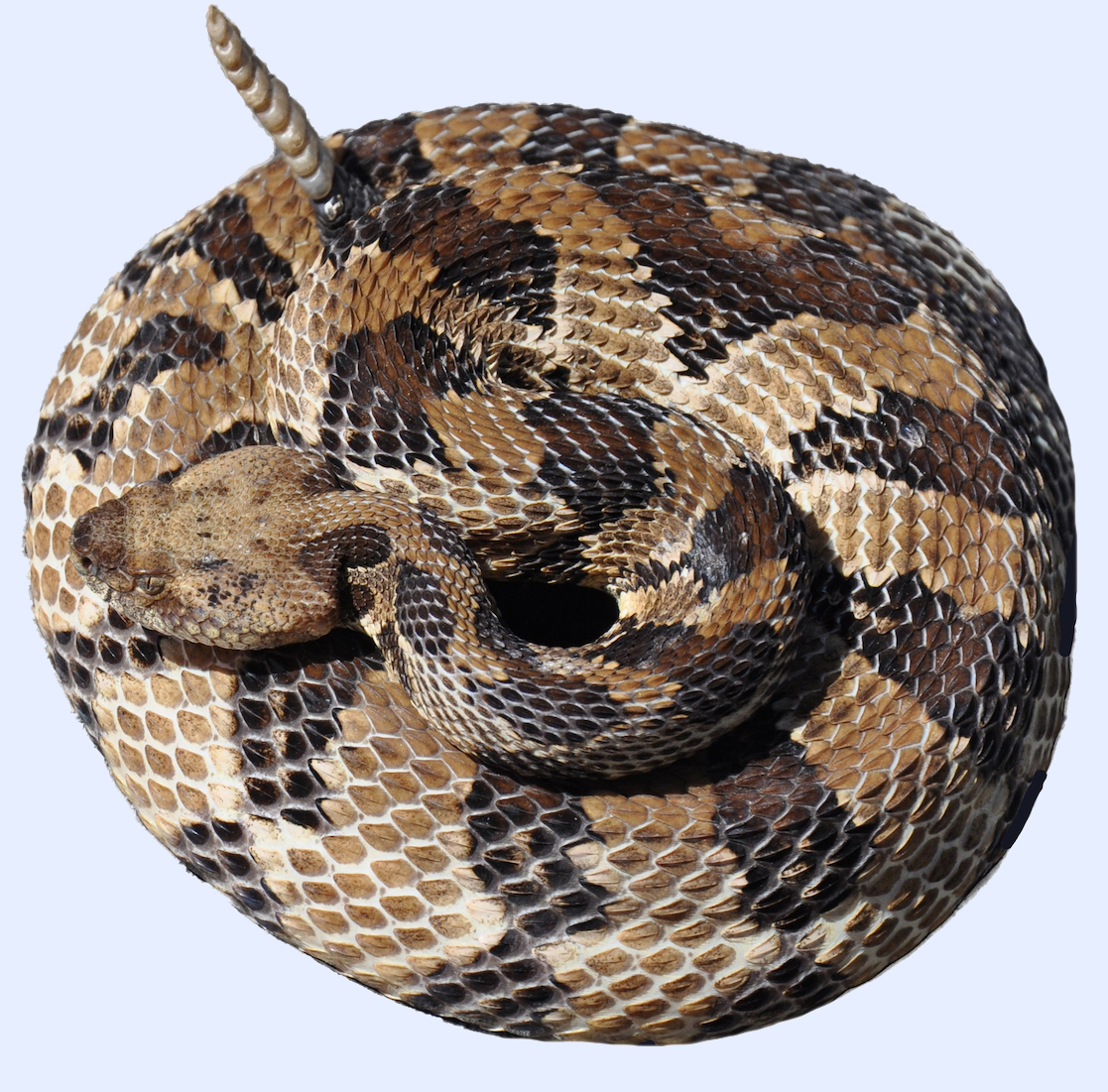
 »
» 



 »
» 

